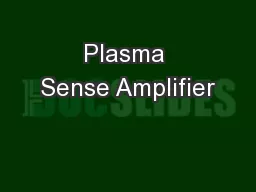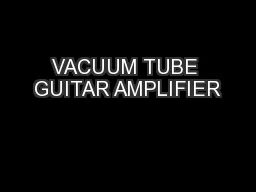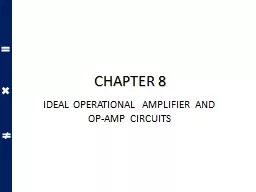PPT-The Human Bio-Amplifier—Electrifying
Author : elysha | Published Date : 2024-02-02
September 28 2021 We have learned that electricity is the hearing language for the brain We will review the most accepted theory regarding the creation and transmission
Presentation Embed Code
Download Presentation
Download Presentation The PPT/PDF document "The Human Bio-Amplifier—Electrifying" is the property of its rightful owner. Permission is granted to download and print the materials on this website for personal, non-commercial use only, and to display it on your personal computer provided you do not modify the materials and that you retain all copyright notices contained in the materials. By downloading content from our website, you accept the terms of this agreement.
The Human Bio-Amplifier—Electrifying: Transcript
Download Rules Of Document
"The Human Bio-Amplifier—Electrifying"The content belongs to its owner. You may download and print it for personal use, without modification, and keep all copyright notices. By downloading, you agree to these terms.
Related Documents

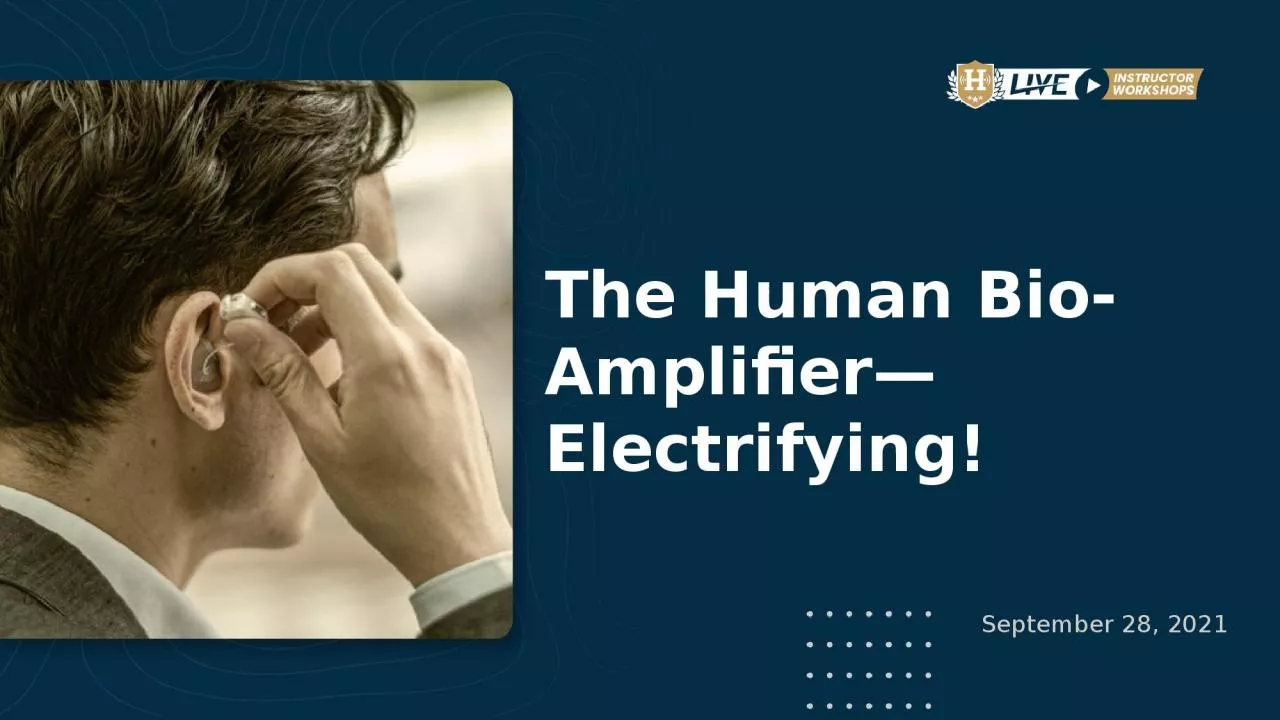
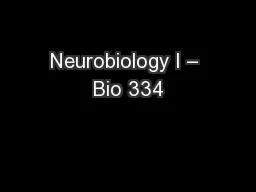


![[BIO] ETHANOL](https://thumbs.docslides.com/472825/bio-ethanol.jpg)
